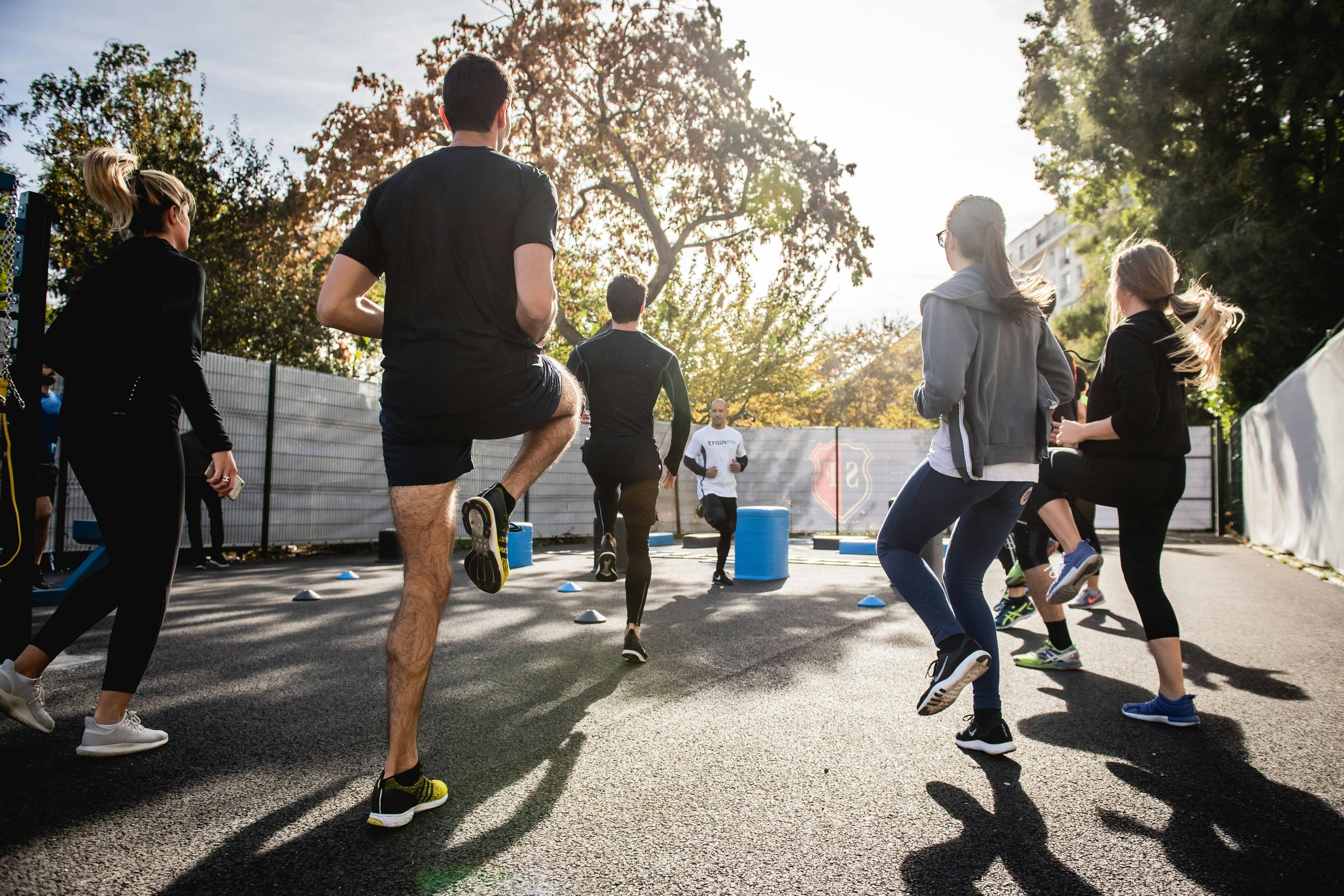We’ve all heard that exercise is good for our health. It has been associated with benefits for almost all systems in the body including improved cardiovascular health, increased bone mineral density, decreased risk for stroke, diabetes, and cancer. It is also well known for decreased rates of depression.
What do we know about how exercise impacts the brain? Exercise has been associated with improved cognitive function including memory, attention, executive functioning, and problem solving. It has been shown to promote brain vascularization (improved blood flow to the brain). Exercise is linked to a larger volume of the hippocampus, the brain center for learning and memory, and also one area of the brain that is affected in Alzheimer’s. Exercise has also been shown to promote the growth of new neurons in the brains.
So how does exercise promote all of these positive changes in the brain? One way is through a growth factor called brain derived neurotrophic factor (BDNF). BDNF supports health and functioning of neurons in the brain, or brain cells. These cells connect the cognitive, motor, and sensory areas of the brain. Increased BDNF levels improve communication between cells in the brain, and also improve the ability of a brain cell to differentiate (perform different tasks). High intensity interval training and continuous moderate to high intensity exercise are both associated with increased BDNF levels.
Higher levels of BDNF have been found to:
Preserve cognitive functioning in older adults
Promote recovery following traumatic central nervous system (CNS) injury (brain and spinal cord)
Induce the growth of new neurons in the adult CNS
Decreased levels of BDNF have been found to be associated with:
Anxiety
Major depressive disorder
Schizophrenia
Alzheimer’s disease.
BDNF and traumatic brain injury
BDNF has been found to have a protective effect when it comes to brain injury. In a study measuring blood BDNF levels immediately following a brain injury, they found that patients who had very low levels of BDNF were more likely to have symptoms of the brain injury after 6 months than patients with higher levels. Patients with mild traumatic brain injuries in this study were also found to have higher BDNF levels at the time of injury compared to patients with moderate to severe injuries. Furthermore, patients with higher levels of BDNF were less likely to have evidence of bleeding in their brains on CT scans than patients with lower levels of BDNF.
With all of the known benefits of exercise, and the evidence of a protective effect from brain injury, we are huge proponents of exercise and increased levels of BDNF. We also know that exercise is critical in the recovery from a concussion, and getting moving is often the most important factor in starting to feel more normal after an injury. Exercise for the win!
References:
Korley FK, Diaz-Arrastia R, Wu A, et al. Circulating Brain-Derived Neurotrophic Factor Has Diagnostic and Prognostic Value In Traumatic Brain Injury. J Neurotrauma. 2016;33:215-225.
Gomez-Pinilla F, Ying Z, Roy RR, et al. Voluntary Exercise Induces a BDNF-Mediated Mechanism That Promotes Neuroplasticity. J Neurophysiol. 2002;88:2187-2195.
- Kate Smulligan

